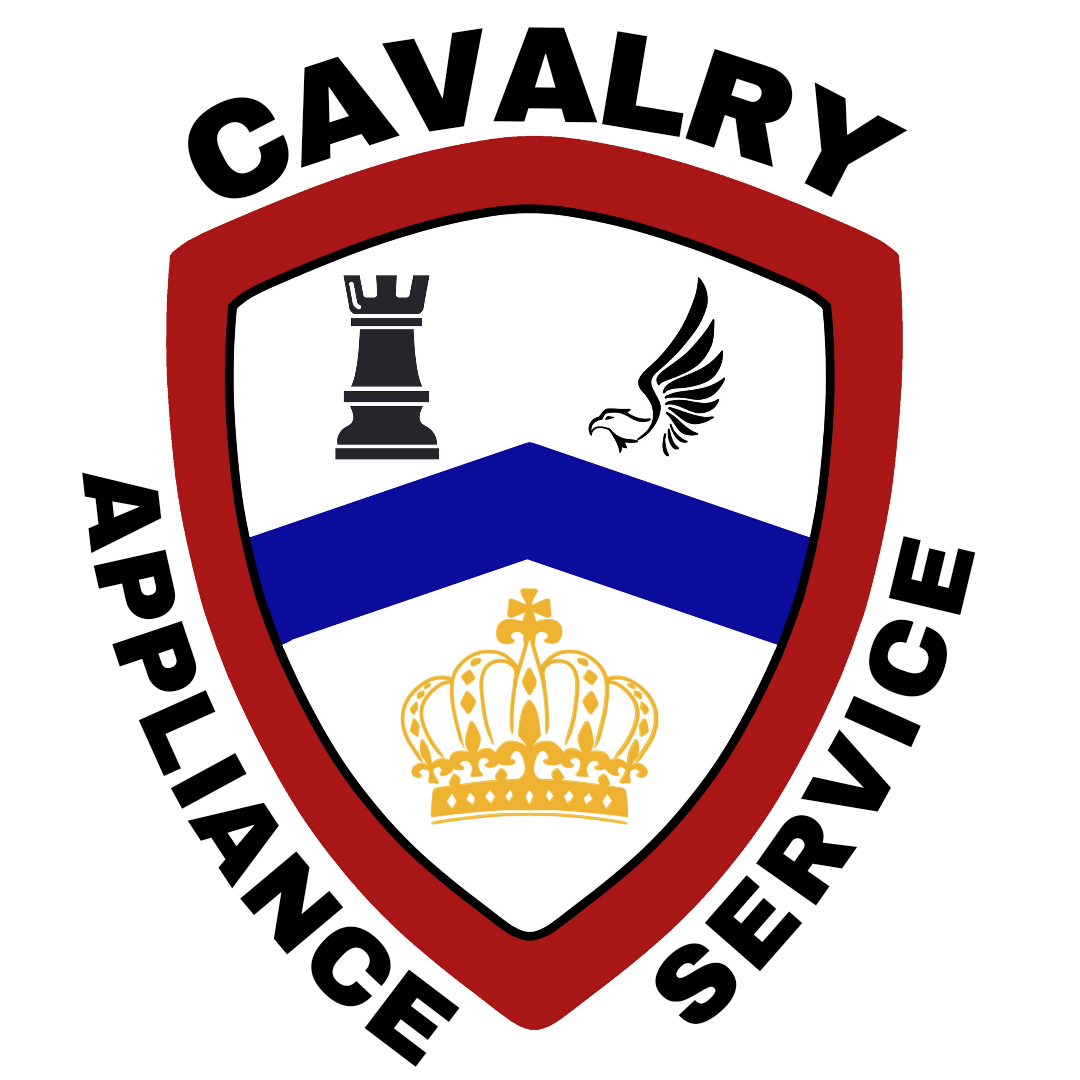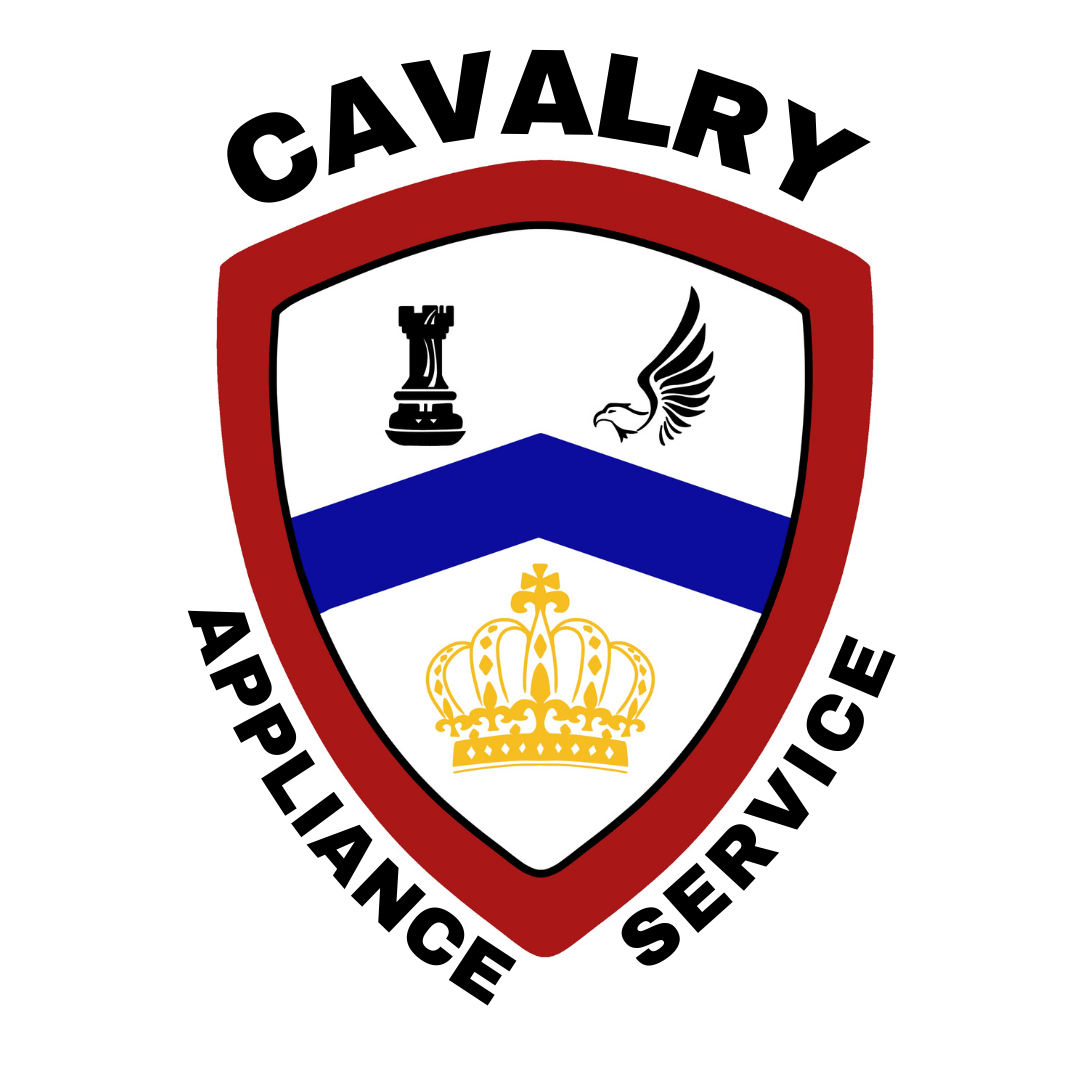How the Self-Clean Feature of Your Oven Can Ruin It
Introduction
The self-cleaning feature on modern ovens promises convenience by burning away food residue at high temperatures or using low-temperature steam cleaning. While this might seem like an easy solution, using the high-temperature self-clean function too often or incorrectly can lead to costly repairs and potential safety hazards. Meanwhile, the steam-clean option can sometimes be more work than advertised. In this article, we’ll explore why the self-clean feature might be doing more harm than good and share safer alternatives for keeping your oven spotless.
1. Extreme Temperatures Can Damage Oven Components
The self-clean function reaches temperatures as high as 900°F to incinerate food particles. Unfortunately, this extreme heat doesn’t just target spills and splatters—it also puts a strain on internal components, including the thermostat, control board, and heating elements.
Solution: Opt for gentler cleaning methods whenever possible. Manual cleaning or using non-abrasive oven cleaners (consult your user manual for approved cleaning solutions) can help avoid excessive heat-related wear.
2. The Self-Clean Feature Creates Smoke and Fumes
When food residue burns off during self-cleaning, it creates smoke and potentially harmful fumes. This can be especially irritating to children and pets. If your oven is poorly ventilated, the smoke may linger and even set off fire alarms.
Solution: Ensure your kitchen is well-ventilated if you decide to use the self-cleaning function. Better yet, remove large spills immediately to minimize residue buildup.
3. Risk of Blowing Fuses and Damaging Electrical Components
The intense heat generated during self-cleaning can cause fuses to blow, especially in aging ovens or those with underlying issues.
Solution: Before using the self-cleaning feature, ensure your oven is in good working order. Regular maintenance can help, but consider limiting self-cleaning cycles to avoid stressing electrical components.
4. Self-Cleaning Can Cause Heating Elements to Burn Out
Self-clean cycles place a high demand on heating elements, which can significantly shorten their lifespan. Over time, repeated exposure to high heat may lead to premature failure, resulting in costly replacement bills.
Solution: Clean spills as they occur and rely on a more frequent but mild cleaning routine rather than using self-cleaning cycles.
5. Potential Fire Hazards
Excessive grease or food debris in the oven can ignite during self-cleaning cycles, potentially causing small fires. While these typically burn out on their own, they can damage internal components or escalate into a larger hazard.
Solution: Before initiating a self-clean cycle, manually remove any heavy grease or residue buildup to reduce the risk of fire.
Safer Alternatives to the Self-Clean Feature
Regular Wipe Downs: Use a damp cloth and mild detergent to clean spills as they happen.
Steam Cleaning with Water: Place a heat-safe dish filled with water inside the oven and heat it gently to loosen debris without using high temperatures.
Do Not Use: Baking soda and vinegar may seem like a natural solution, but they can leave an irreversible haze on the surface, effectively etching it.
Conclusion
While the self-clean feature may seem convenient, it can cause significant damage to your oven over time. By understanding these risks and choosing safer alternatives, you can keep your oven clean and functional for years to come. Embrace gentler cleaning methods to save yourself from the headache of expensive repairs and ensure the longevity of your appliance.

